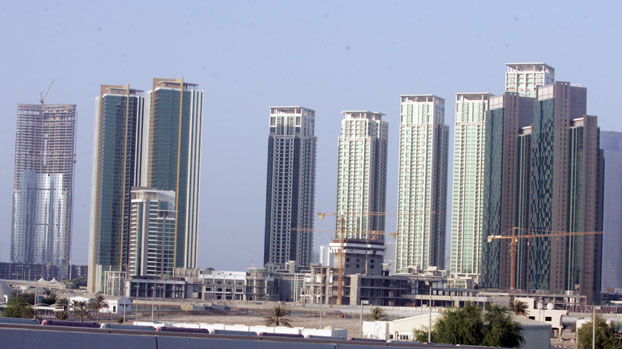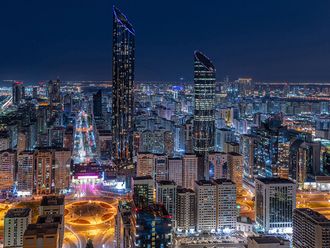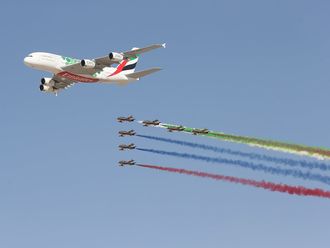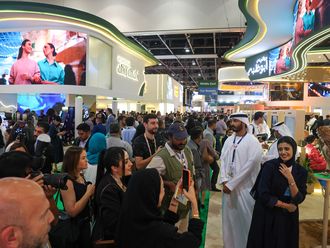
ABU DHABI: The third quarter of this year witnessed continued growth of prices in the residential market with sales prices for apartments and villas rising by 6 per cent, according to the latest report by real estate consultancy Jones Lang LaSelle (JLL).
The report, published on Tuesday, said that sales prices reached nearly Dh16,000 per square metre, while rents for prime residential units remained stable at Dh150,000 per annum.
As for demand, it remained strong across all price points driven by population growth in Abu Dhabi. JLL expected a housing shortage in the future as near term supply deliveries were below historic averages despite strong demand. The consultancy also expected further rental increases over the short term.
“Demand [for residential units] is certainly getting stronger. Since the last two years, the government has been spending on infrastructure, and economic development, and that is really driving an increase in demand,” said David Dudley, head of JLL’s Abu Dhabi office.
A number of new residential projects were announced in Q3 including the first residential development within the Saadiyat Cultural District, Saadiyat Walk. Aldar Properties also announced the sale of the B2 building on Reem Island.
Mathew Green, head of research at CBRE, a global real estate adviser, said the residential sector was Abu Dhabi’s strongest performing one over the past 18 months.
“The general outlook is very positive. We still expect to see growth maintained in the short term, and the same goes for pricing as well. The appetite for investment in Abu Dhabi is starting to pick up particularly given the fact that there’s still a discrepancy in Abu Dhabi and Dubai,” he said.
Meanwhile, the hospitality sector saw no completions of hotels during quarter three 2014, although two hotel apartment buildings have opened. There remains significant demand for long-term hotel apartments, with the sector comprising a major factor of the demand in areas like Yas Island.
“The Abu Dhabi hotel sector continues to recover, with the year to August seeing higher occupancies [of] 71 per cent compared to 2013 [when it was] 64 per cent. For the first time, Abu Dhabi hotels experienced higher occupancies than Dubai in July — 55 per cent compared to 50 per cent,” JLL’s Dudley said.
He said he expected further growth in the hospitality sector as more projects are completed such as the expansion in Abu Dhabi International Airport, the expansion in Etihad Airlines, as well as new projects on Saadiyat Island and Yas Island.
The office market saw an increase in rents by six per cent during the third quarter of the year, as prices averaged Dh1,640 per square metre — up from Dh1,540 per square metre in Q2 2014 for prime space.
Secondary space rents, however, remained stable at Dh1,180 per square metre. With one handover during Q3 2014, total office stock remained nearly 3.1 million square metres.
In the retail sector, average line store rents for malls on Abu Dhabi Island remained stable during the quarter at Dh3,000 per square metre per annum. Rents for malls outside Abu Dhabi increased marginally by two per cent to reach nearly Dh3,000 per square metre per annum.
With no major deliveries, retail stock remained stable at 2.2 million square metres. However, over 400,000 square metres of retail area is expected to enter the market by the end of this year, dominated by the delivery of Yas Mall on Yas Island, as well as Capital Mall in Mussafah.
Recent announcements of new malls such as Sowwah Central, Saadiyat Mall, and Reem Mall, coupled with the extension in Marina Mall will increase Abu Dhabi’s retail supply significantly by 2017/2018, according to JLL’s report.











